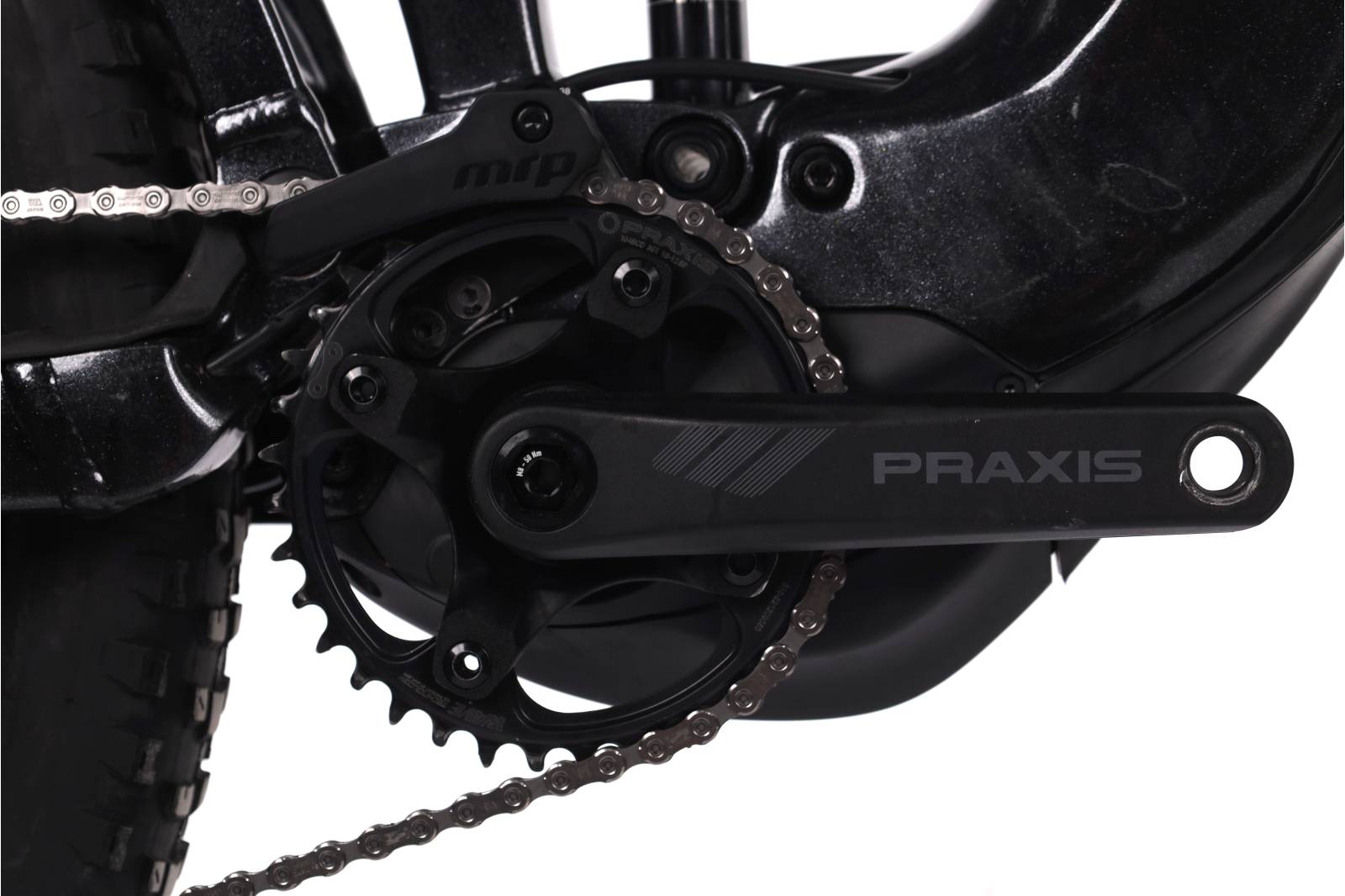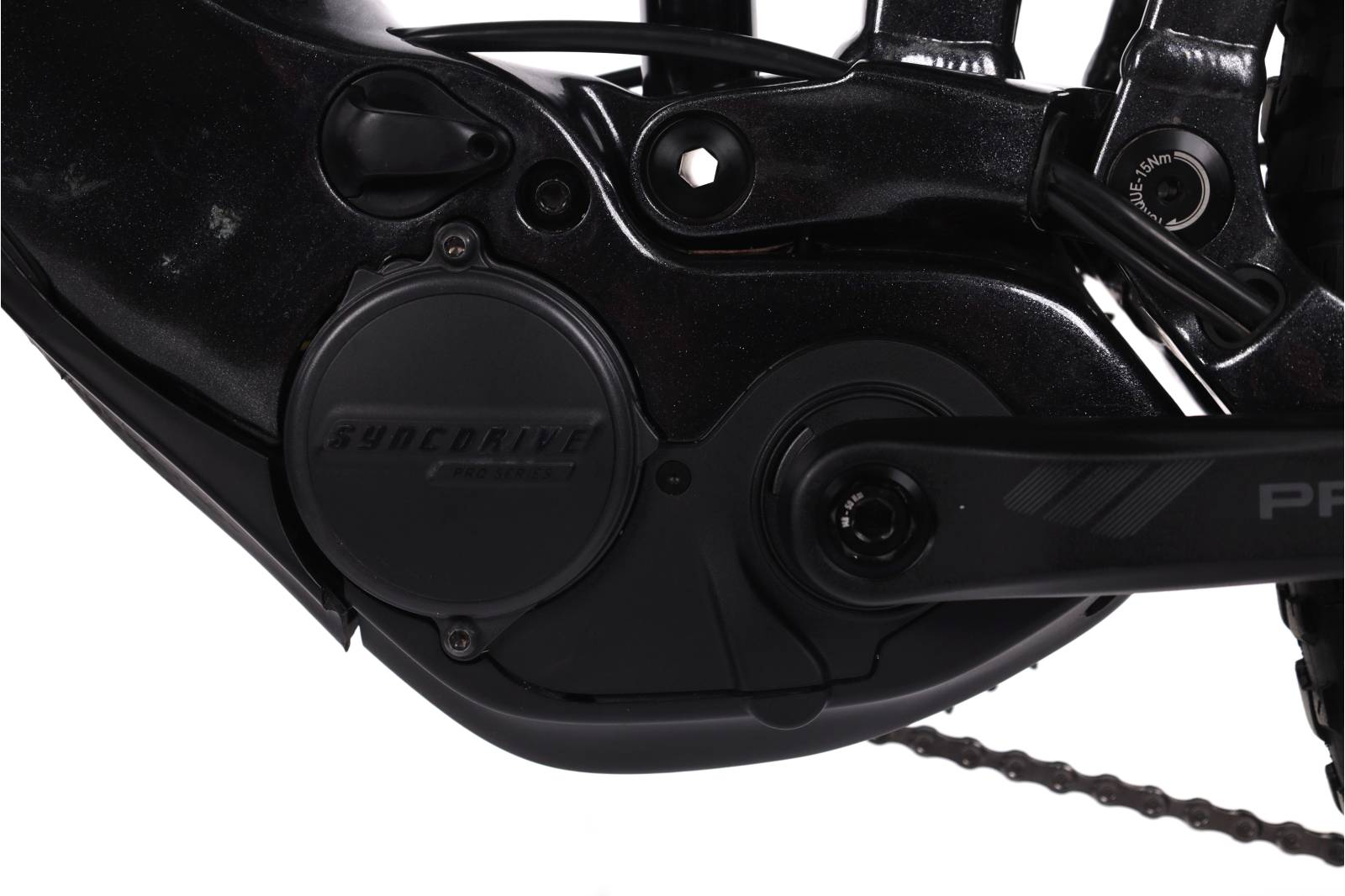E-bikes or electric bicycles are here to stay: they are comfortable, efficient, and fun. But they also require specific maintenance, conditioned by their electrical system. That is their true distinguishing feature. Proper maintenance is vital to prolong their lifespan and save money in the long run. Let's start with the basics. If you buy an electric bike, the first thing you should do is read the Owner's Manual. It's an obvious but not very common habit, yet essential to understand your e-bike. There you can consult the operation of all its components: from the battery to the motor. You will find useful information to solve minor problems, as well as maintenance and safety tips. Remember that we are talking about electrical systems that, if handled incorrectly, can cause some unpleasant surprises.
The Owner's Manual will help you better understand how your electric bicycle works.
What about the motor? Obviously, it's the other key element, but it's beyond our control. Almost all of them are built so they don't need maintenance. They are usually housed in a sealed and autonomous unit, so it's rarely necessary to disassemble them. As an e-bike owner, you will need to keep the motor casing clean and watch for any signs of wear. But there's little else you can do. If something goes wrong, contact the manufacturer to replace the entire unit before attempting any repairs on your own.
General maintenance of an e-bike battery
The battery is an absolute priority when it comes to maintaining our e-bike. But we're not going to lie to you. All lithium-ion batteries age naturally, even when not in use. In fact, the best way to keep a battery in good condition is to use it frequently. E-bike brands usually offer warranties of up to two years. During this period, you shouldn't worry too much, as any functional problem will be covered during that time. But what happens afterwards? There are no miracle solutions, but you can follow some recommendations. Your electric bicycle is a valuable investment and with proper care it can last you a long time. Various factors can affect the lifespan of your e-bike's battery: intensive use of the bike, exposing it to extreme temperatures, storing it fully charged or discharged for a long time, exposing the bike to direct sunlight… On the other hand, certain practices can help you prolong your e-bike battery's performance: limiting the number of recharges, keeping the battery in a mild environment, or storing the battery at half charge. If you don't plan to use your e-bike for a long time, remove the battery from the bike; both for safety and to keep it in the best possible condition.
What should you do when you decide to hang up your bike for a long period?

Instead of leaving the battery in a closet fully charged or depleted, it's better to store it at about 60% of its capacity (approximately). Even so, it's good to check the charge level at least once a month. If you see it falls below 20%, don't hesitate to recharge it until it reaches 40-70% capacity again. If you don't, the battery could enter sleep mode and recovering its maximum performance will be almost impossible. In fact, you should be wary of any battery that hasn't been recharged for more than 2 months.
If the battery is not recharged for several months, it will be impossible to recover its original performance.
Remember to use a compatible charger to ensure a complete and safe charge. If in doubt, consult the manufacturer or the User Manual. If it is not compatible with the voltage and amperage values, your e-bike battery could suffer from overcharging. When charging, the order in which you connect is important. First, connect the charger to the power outlet; second, connect the battery to the charger. This way you will avoid damaging the battery due to a direct electrical discharge. Store the battery in a dry and mild environment, between 15ºC and 30ºC. If your e-bike has a removable battery, it's easy. Some manufacturers even offer neoprene covers so the battery cools down more slowly. If it is a bike with an integrated battery, you should store your machine protected from the cold.
Maintaining your e-bike battery in winter
If maintaining your e-bike is always important, the arrival of winter demands extra attention. Surely you have heard a thousand times that batteries don't get along well with the cold.

Indeed, its performance decreases in winter and this affects the range of your e-bike. Why does this happen? Without going into scientific details, the lithium ions in e-bike batteries float in a liquid electrolyte. When the temperature drops, this electrolyte becomes more viscous and solidifies, reducing its conductivity. The lithium ions migrate more slowly from the anode to the cathode and vice versa. In summary: whether we like it or not, the reality is that e-bikes are not made for extreme climates. Neither is the cyclist, or are they? If you are one of those people who keeps riding your electric bike when winter arrives, congratulations. A great decision that will benefit both your health and your wallet. That’s the first thing. But if you prefer to put the bike away during the harshest part of winter, it’s the ideal time to make an appointment with your specialist dealer and perform routine maintenance.
Do you feel that with the arrival of the cold your e-bike battery runs out faster? Don’t worry because it’s normal. The drop in temperature will affect your bike’s performance, no matter what. Below 15ºC, you may already notice the battery declining. If the temperature drops below zero, which is not unusual on winter mornings, the battery’s range could drop below 50% of what would be normal.
In sub-zero temperatures, the range of an e-bike battery can drop below 50%.
The good news is that this is a temporary problem. The battery will return to normal operation as the temperature rises. One way to deal with this issue is to go out riding with a battery that has been kept in a warm environment until the last moment. Once you start riding, it’s time to keep in mind some other recommendations. When temperatures are very low, it’s advisable to choose a gear that allows you to pedal with a higher cadence than usual (about 80 pedal strokes per minute) and as evenly as possible. Frequent starts and stops consume more energy. This way, you’ll optimize your device’s range. Another thing that can help you is to use high assistance levels in the first moments. More powerful energy discharges help warm up the battery and optimize its performance. In a way, it’s similar to what happens to people. During your ride, use Eco mode whenever you don’t need maximum power. Also remember that wind resistance can drain the battery faster than on a calm day. In short, every bike and every cyclist is different, so it’s a matter of trial and error to find the best solution for each case. It’s part of the game. After a cold bike ride, also take some precautions. A cold battery charges very slowly, so it’s advisable to charge it at room temperature. Let the unit rest beforehand to avoid condensation. This could interfere with the charging cycle or even damage it.
General maintenance of your e-bike
Another issue related to the battery’s lifespan is the maintenance of the bike itself. We’re talking about simple aspects such as cleaning, lubrication, or the condition of the wheels. These are not exclusive to electric bikes, but they are extremely important and influence the performance of the electrical system. As a rule, a frequent cleaning routine will prevent rust and corrosion. Use a soft cloth to clean your bike after each ride, especially if you’ve ridden in bad weather. You can use a pressure washer as long as you don’t aim directly at the motor or at points where bearings and moving parts are located. Before deep cleaning your bike, remove the battery. If you’ve just returned from a rainy ride, make sure to dry any moisture it may contain before connecting it to the power source. As for cleaning the battery itself, try to keep its terminals or connections clean and dry. A damp cloth is more than enough. Avoid using grease or oil at all costs, as you could cause corrosion in the battery.

In general, we must be particularly careful with the transmission of our e-bike. The chain is one of its critical components, as it transfers the power from the pedals to the rear wheel. If it’s dirty or in poor condition, it can wear out quickly and damage other transmission components. That’s why it’s important to keep it spotless and well lubricated. You should also not forget to adjust the tension of the chain. Without proper tension, it can slip or come off, resulting in wasted energy. A well-greased chain and proper tire pressure partially relieve the strain the battery must endure to power the motor.
Proper lubrication of the transmission and tires at the correct pressure save effort for the battery of an electric bike.
On paved terrain, low pressure creates a drag effect that leads to a loss of speed. More energy is needed to reach the desired optimal speed. With mountain e-bikes, on trails and rough paths, the opposite occurs. Over-inflated tires prevent proper traction, wasting energy. In both cases, your e-bike will compensate for this imbalance, masking the problem but draining the battery faster than desirable. Finally, before heading out, make sure the battery is 100% charged. There’s nothing more frustrating than getting on your bike and realizing you only have one battery bar left. It could ruin your ride.

